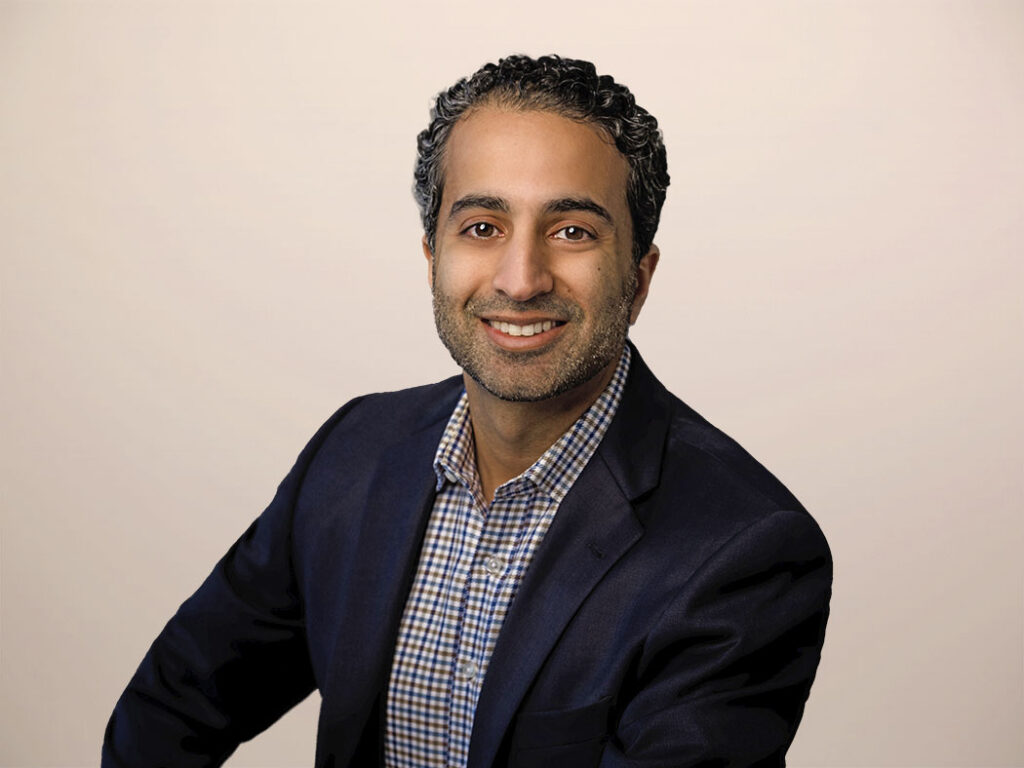The Brand Safety Industry Is [Redacted]
A spotlight has recently been cast on a problem many considered solved: advertising in proximity to unsafe content. Even while using common, industry-standard brand safety tools, brands have unknowingly demonetized articles, news publications, and content including terms like “protest,” “gay,” and “covid.” For example, a 2023 TIME magazine Person of the Year article featuring Taylor Swift was errantly marked unsafe by brand safety technology for containing the word “feminism.” Meanwhile, the same technology vendors allowed ads to be placed alongside content so disturbing that any further specificities would have to be redacted from this blog post.
It isn’t just a question of blocking a bad URL or keyword and apologizing, because ad revenue is oxygen on the internet. Top-down standards for brand safety — even those crafted with the best of intentions — have recently failed, leaving marketers looking for alternative solutions. Take the Global Alliance for Responsible Media (GARM), for instance, which was shuttered in July of this year as soon as it faced meaningful legal scrutiny. Now, the US DOJ is asking DoubleVerify, IAS, and Google for clarification on how US Department of Defense funds for army recruitment came to be spent on hate sites.
It’s Time For Brands To Get Brand Smart
If the World Federation of Advertisers, accredited brand safety vendors, the US Army, and all the combined technology available to Google are each unable to solve for brand safety, what can a marketer do to maintain their brand’s reputation on the internet while funding content that aligns with their brand’s values?
The answer is that each brand, and team of marketers, must begin charting their own path for brand safety. Relying on outside standards bodies or static keyword exclusion lists to guide this process isn’t just inadvisable but can be illegal, such as when lending institutions and real estate brokers block ads from serving to protected classes.
It’s time for brands to get brand smart, an approach characterized by three hallmarks:
- Flexible, bottom-up standards. Brand standards should exist as a living document, updated with learnings accumulated through social listening and first-party audience retargeting — not as an immutable stone tablet of negative keywords, chiseled in a lost era.
- Quality-driven inclusion. Identify what publishers and supply sources perform well in open auctions, consistently meet your brand’s standards, and buy directly. The more “blind programmatic” advertising you purchase, the more beholden you are to the cat-and-mouse game between poor-quality publishers and the vendors that chase them.
- Context-aware creative. Advertisers that make it to the world of high-quality, brand-safe content still have a responsibility to craft resonant, contextually aware ads — that aren’t jarring, tone-deaf, or adult-themed — especially in content environments that may have audiences heavily saturated with families and kids.

My latest research, Brand Safety Is Broken; It’s Time To Get Brand Smart, provides recommendations for how to navigate brand safety and shift to this new approach that helps brands connect authentically with dynamic audiences.
Forrester clients who would like to audit their current brand safety tools, technology, or processes should schedule a guidance session or inquiry with me.
